My EMS Book Collection
My EMS book collection started with the painful realization that I was not the first aid superhero of my daydreams and with the subsequent purchase of numerous first aid books to improve the situation. However, there was a problem with these books as well as with ones borrowed from libraries: they were incredulously dull. They were skewed toward treating traumatic injuries and had little or no reference to the larger picture in which events occurred.
How I Earned My EMR Certification
When I discovered Emergency Care (2001) in a used book store, I grabbed it. I want to say I bought it for $7.99 plus tax, but I forget the exact price. In any case, it was well worth it. The chapters on personal safety, law, anatomy, patient transport, and hazardous materials were interesting and put treatments into focus. After I had almost finished reading it, I had the epiphany that I was well into a journey toward certification. Not wanting to spend thousands of dollars for an EMT class, I decided to earn EMR certification for my own education, amusement, and self-validation through a online-hybrid program.
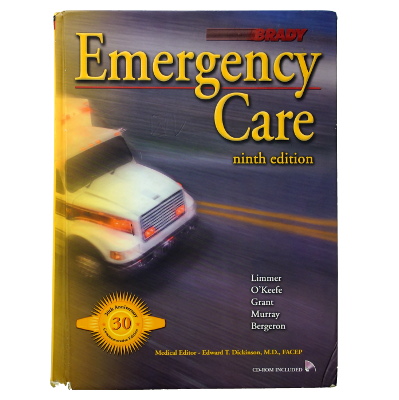
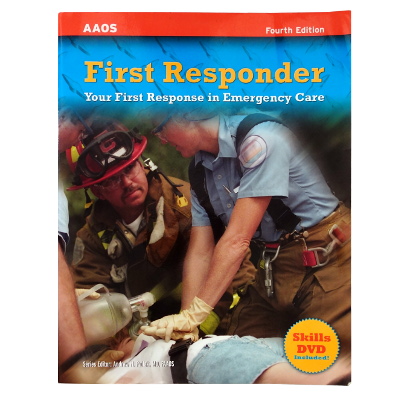
The primary goal, however, was not certification, but subject mastery; so before enrolling in class, I read a used copy of First Responder (2007) that I found on eBay. I had assumed (correctly, it turned out) that, though outdated, much of the content in both of my books would still be relevant and that I could spot and discard any outdated material after reading the class textbook: Emergency Medical Responder (2011).
I also assumed that reading two textbooks, would make my actual EMR class low stress; and that after reading three, I would be a highly knowledgeable emergency medical responder. The first part was true, the second was not. After successfully completing the class and before sitting for the NREMT test, the feeling of subject mastery was still missing. I therefore purchased and read a new copy of Emergency Medical Response (2011) to be certain that I had not missed any important information.


Reading four EMS textbooks was much easier than one might have imagined. The first was somewhat challenging, but after learning many of the basic concepts and definitions, reading the remaining books was progressively smoother and more enjoyable. Different approaches to the same issues were large enough to be interesting and informative and helped me to retain important facts and concepts. I was surprised to learn that the national scope of practice between an EMR and an EMT is very small. My confidence grew and passing the national registry test was easy, but I realized that there was much more to being an first responder than earning a certification.
How I Earned My EMT Certification
The success with EMR certification and the feeling of a need for clinical experience fired a desire to become an EMT. My strategy to become EMT certified was the same as my earlier strategy: read multiple books and complete an online-hybrid course. I re-read some of my existing textbooks, which went quickly; I purchased and read another used, older EMT textbook; and I read my class textbook. I purchased an out-of-date review book, that—if I recall correctly—had only two out-of-date questions. I was so stoked that I even assembled a set of paramedic textbooks with the idea of reading them. I quickly learned that I had grossly underestimated the education needed to become a paramedic. And although I never read more than the first chapter of the first volume of my paramedic set, I passed the NREMT test with the minimum number of questions.
The Amboangel Medical Education Strategy
Reading outdated textbooks prior to reading current textbooks is a strategy that I recommend. It is a way to halfway complete a course before enrolling, which should lower the stress in one's academic life. The first book or books do not need to be read with the intention of retaining all of the knowledge in them but can be read lightly to get an outline of the subject and an idea of how the knowledge fits together. When showtime comes during an actual course, more attention can then be put on the more difficult-to-learn knowledge. Moreover, if a subject does not excite one to the point of wanting to read more than one book about it, one should probably re-think career plans. After halfway reading a pharmacy technician textbook, I realized I would not be happy working in a pharmacy.
A multiple-book strategy fits well with what I have belatedly learned about education. A big secret is that students studying for high-level occupations often have to learn information twice or more in order to retain it. An even bigger secret is that after passing a licensing test, professionals forget most of what they do not need to know for their specialties. Pre-hospital, emergency care providers, however, are not exactly specialists. We need to know the rudiments frontwards and backwards, which is one of the reasons that paramedics are more qualified to treat a cardiac arrest than many physicians.
Older textbooks are rarely found in public libraries, but they can be borrowed through inter-library loan programs for a small fee. They can be found in some used-book stores. And they can be borrowed from friends, relatives, or colleagues. The best way I know to acquire them is through eBay. The advantages of online purchase are larger selections and outright ownership. The cost of many of mine were less than 4 dollars each. My paramedic set was about 25 dollars.
Some Reviews
The following reviews are for some of the books in my collection. Some of the books are very old. Some I have read thrice. Some I have read twice. Some I have read once. Some I have only read only partially. Some I have merely skimmed. Not all are specifically EMS books but are in the collection because they are all related to the subject in some way.
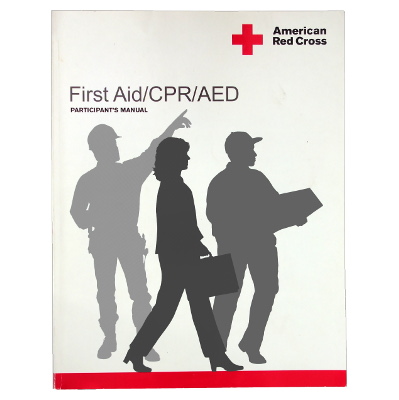

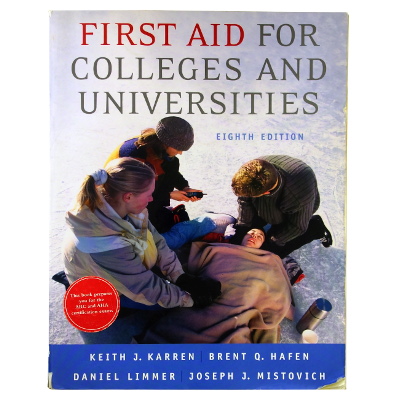
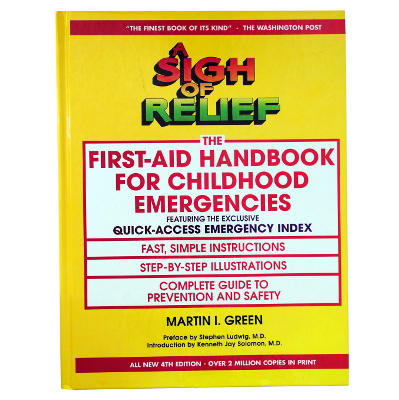
First Aid/CPR/AED Participant's Manual (2011), Lifeguarding (2007), First Aid for Colleges and Universities (2004), and A Sigh of Relief (1995) are layperson, first aid books that function as a framework for an off-duty scope of practice. Several of my EMS instructors were flight certified, two were firefighters, and one was a former US Army Ranger. All of them made the point that we should protect ourselves physically and legally. I realize that good Samaritan laws exist, but it has been driven home to me that providing off-duty care can be a complicated subject and that one should never be seen as a "freelancer."


Principles of Emergency Dispatch (2012) contains a notice on its inside cover that "this textbook may not be resold or provided to anyone not currently EMD-certified or licensed by the Academy or Priority Dispatch Corp." A licensing agreement is probably not broken by someone who purchases a copy, but the book might be hard to find used.
The Emergency Telecommunicator (2011) is about half the thickness of the previous book. Both came from eBay for about 4 dollars each and were purchased to learn how to give better radio reports and to learn more about EMS systems. I recommend them to an EMR or EMT whose physical abilities might not fit well with street work yet is still interested in being an (unsung) hero or heroine of society.
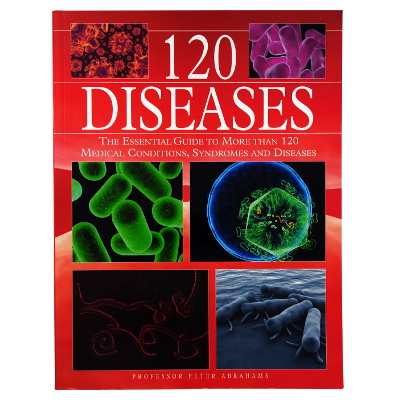

120 Diseases (2005) appears to be a good reference book with many explicit, color pictures of anatomical abnormalities. It might be a good gift for a highschool student interested in medicine depending the student's maturity.
Medical Terminology for Health Professions (2001) is not just a dry list of prefixes, roots, and suffixes but a good overview of gross anatomy and physiology. It is unlikely to be outdated anytime soon.
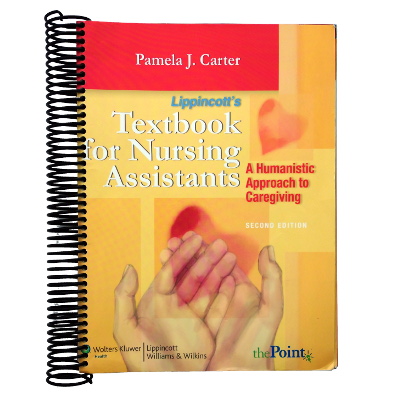

Lippincott's Textbook for Nursing Assistants (2008) and Mosby's Textbook for Long-term Care Assistants (2003) are budget eBay books that I bought to be better prepared to deal with the more unpleasant duties of an emergency care provider and to help prepare myself for the time when I myself will be elderly. One of them came with a CD, but both had CDs at one time.

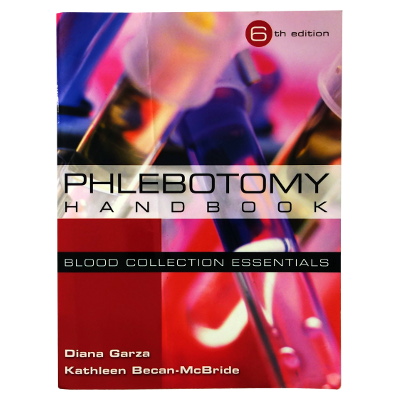
Phlebotomy Simplified (2011) and Phlebotomy Handbook (2002) are low-dollar eBay books by the same authors. The 2011 book came with a CD. I bought them at a time when I intended to enroll in a phlebotomy course. I recommend them for anyone interested in becoming an ER tech.

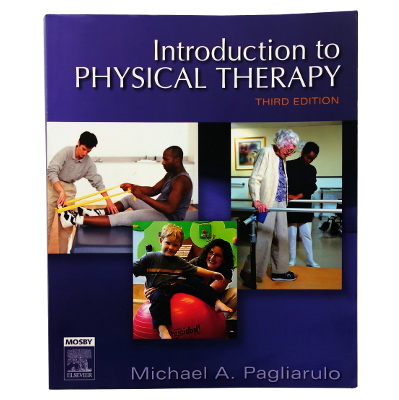
ECG Interpretation made Incredibly Easy (2005) appears to be clearly written, but the subject is not as easy as I had expected, and I have not yet gotten excited enough to read the book. I purchased it from eBay for about 7 dollars.
Introduction to Physical Therapy (2007) was purchased because I thought it would help me earn a personal trainer certificate. It was about 4 dollars from eBay.
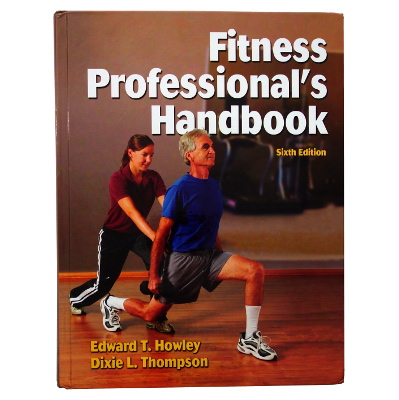

Fitness Professional's Handbook (2012) and NASM Essentials of Personal Fitness Training (2008) are 4-dollar eBay finds. I intend to read the NASM book someday and get certified because I want to help first responders control their weight.


The Bodyguard Manual (2003) is another budget eBay book that I was purchased before I learned that I would have to work as an armed security guard for two years before earning a Texas personal protection officer license. Nevertheless, I am glad I bought it, and think that it is one of the better books in my collection. Despite the Walter-Mitty picture on its cover, this book provides a professional overview of threat assessment; area security procedures; foot escort techniques; travel on planes, ships, and trains; and general VIP protection tactics. There is no first aid coverage other than the note that first aid is a critical bodyguard skill.
EMS personnel, of course, have a competitive edge in finding employment as bodyguards. This includes tall and large women who can care for, protect, and fit into the social activities of billionaire, elderly widows. Even if one is not interested in a career change, this book can help the first responder increase his or her situational awareness.
US Army Special Forces Handbook (1982) is interesting but a grueling read, hence I have only skimmed it. This black-and-white only manual contains a useful drawing of pressure points for hemorrhage control and chapters on dental emergencies and veterinary medicine. I would place above a paramedic textbook in difficulty. I bought it when I was much younger from a militaria store for about 10 dollars.
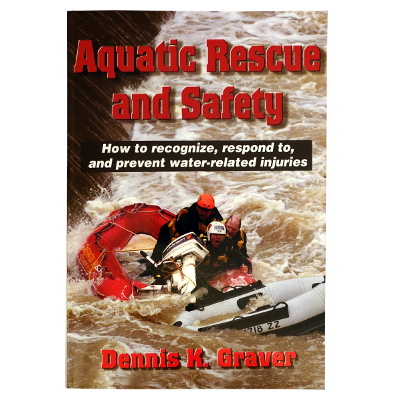
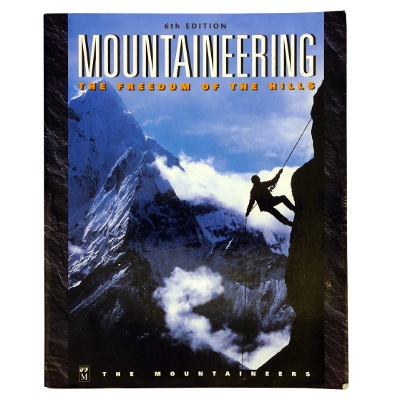
Aquatic Rescue and Safety (2004) is a 4 dollar eBay find. This is a very interesting book with many anecdotes. One is about an overweight boater who climbed out of his kayak to cool off and was afflicted by hypothermia because he unable to get back in; another is about a nurse who used dental floss to tie off one of her boyfriend's arteries after a shark attack. One of my favorite parts is the author's advice to avoid embarrassment by informing authorities prior to practicing so that fire, police, and EMS personnel will not show up believing an actual emergency has occurred. (He did not mention how he learned this.)
Although this book has a few editing issues (pain I can relate to), I learned a great deal from it. The coverage of barometric injuries would be worth reading for someone interested in getting flight or critical transport certified.
Mountaineering (1997) was purchased with the aquatic book. It is a technical manual with many illustrated climbing, rappelling, snow travel, and rescue techniques. According to the back cover over 500,000 thousand copies have been sold. I recommend it to anyone interested in technical rescue or adopting an extreme hobby.
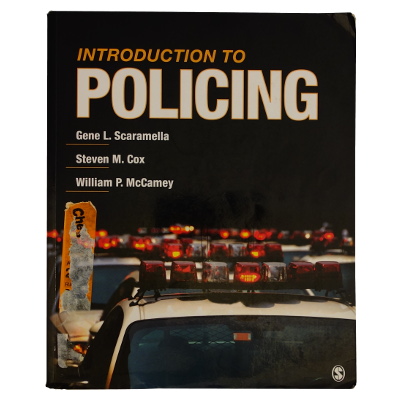
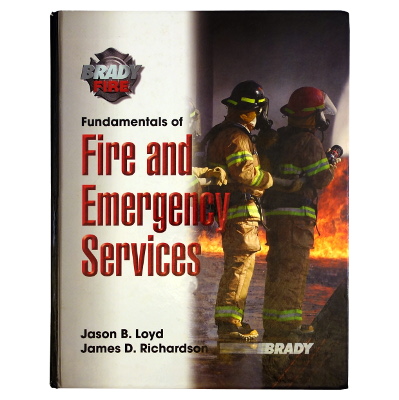
My EMS training has hugely increased my respect for LEOs by realizing how much of emergency response is based on a responder's judgment and how easy it is to make a less-than-optimal decision. I bought Introduction to Policing (2011) and Fundamentals of Fire and Emergency Services (2010) from eBay for a better understanding of what my brothers and sisters in the system face.
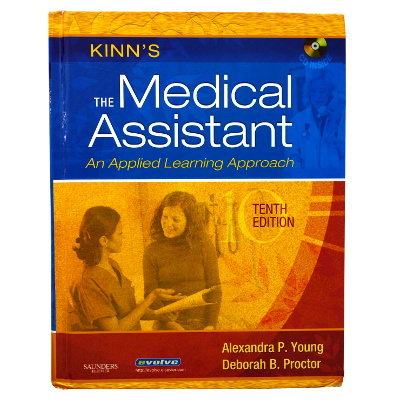
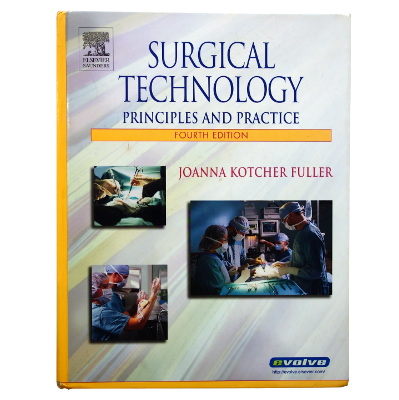
Kinn's The Medical Assistant (2007) and Surgical Technology Principles and Practice (2005) are lengthy yet interesting tomes. I recommend them as a gift to someone who has expressed interest in medicine or surgery because these books provide an good overview of the general practice of medicine and the specialized practice of surgery. If one does not have the aptitude or desire to become a physician, these books can steer one into an allied profession. These or very similar ones are common on eBay.
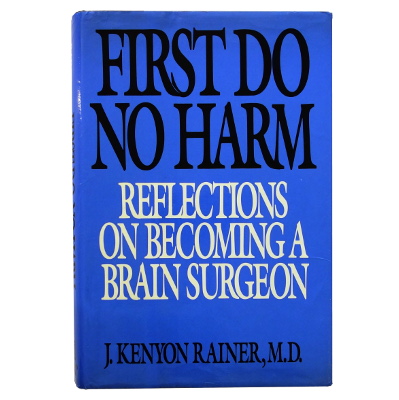

First do no Harm: Reflections on Becoming a Brain Surgeon (1987) is one my favorite medical books. Although it was written by an extremely intelligent man about a very complicated subject, I found it easy to read. The most disturbing part is the mention of a young girl who wandered up behind her father while he was using a chainsaw and got the worst headache of her life.
My favorite part is the story of how, during the author's youth, Dr. Rainer's parents came home unexpectedly to a wild and unauthorized house party and found some guests having sex in their bed. Imagine that! It is good to be reminded that that a person can make a very poor decision and still go on to achieve greatness.
One Life (1969) is an assisted autobiography by the South African physician who performed the world's first successful heart transplant. I read it a long time ago, and two parts still resonate. The first is Dr. Barnard's stated belief in ghosts. The second part is the story of the nun who stopped him from intervening in a street fight in order to preserve their ability to safely move through some of the world's most dangerous slums. For the record, amboangel does not believe in ghosts, which does not mean that he believes they do not exist. It means he is suspending judgement. They might exist; they might not.
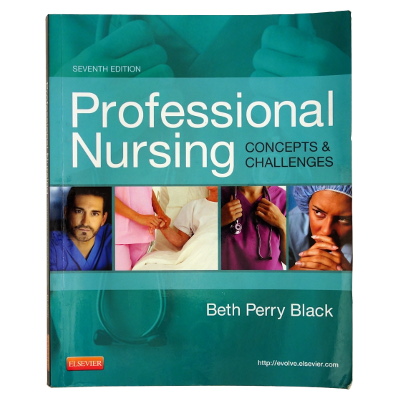
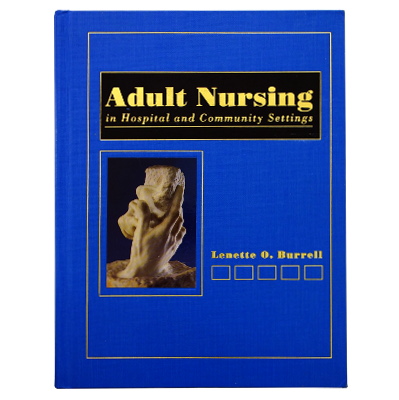
Professional Nursing Concepts and Challenges (2014) was acquired from a Little Free Library. It now looks too boring to read; but the original intention was that by reading this, I would learn to avoid upsetting nurses, something I never want to happen again.
Adult Nursing in Hospital and Community Settings (1992) is book that I picked up for either 10 cents or for free from a discard table at a university library. It looked like it had never been read, which is understandable since it weighs over 5 pounds. The publisher made a huge mistake by not printing it as several volumes. I can not imagine a petite, female nursing student, or almost anyone for that matter, getting exciting about pulling a boat anchor from a backpack for a quick 15 minutes of review.
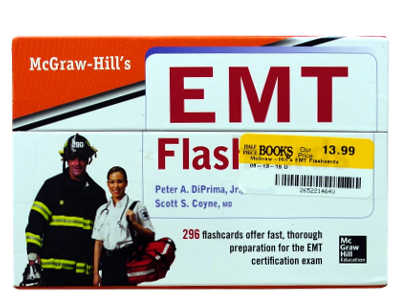

EMT Flashcards are another used book store find that were bought for post-certification review. They were worth it.
Patho Phlash! Pathophysiology Flash Cards were purchased new for over 30 dollars in the hope of using them to improve my assessment skills. They are over my head and probably more than any prehospital care provider needs.
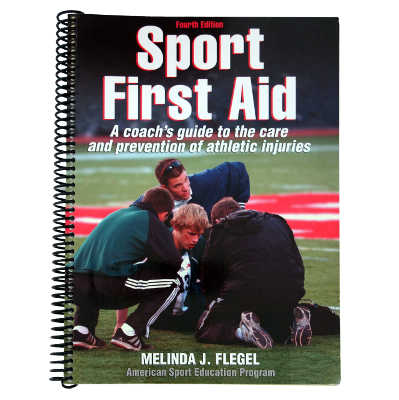
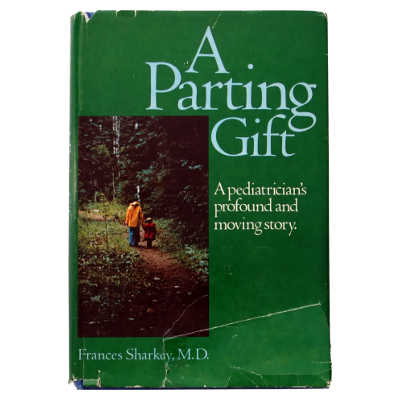
Sport First Aid (2008) has some useful illustrations dealing with musculoskeletal injuries, but I have very strong doubts about the book's authoritativeness. It seems that some of the recommended first aid treatments cross the line between performing first aid and practicing medicine. Administering epinephrine is one of these. Placing a patient on a backboard is another.
Moreover, the book lists a rectal thermometer as part of a recommended first aid kit. This seems so incredulous that one must assume that it was inserted without the author's knowledge. I simply can not imagine a non-criminal, high school coach who would have anything to do with a rectal thermometer.
A Parting Gift (1982) typically resides with my religious books, although it deals with a non-escapable side of healthcare: treating the dying. There is an idea that a physician should not tell a patient that he or she is dying because doing so hurts the patient's will to live. Dr. Sharkey challenges this. She makes a strong argument that dying at home, surrounded by loved ones and in a familiar environment, is a less worse way to die than dying alone in a hospital.
This book uses examples of children with terminal illnesses. I have read it more than once and found it so heartbreaking that I had to put it down a few times before I could finish.
Amboangel's EMS Study Tactics
One might have noticed that several of my books are wire bound. They did not come this way, I had them re-bound to endow them with an underappreciated and under-rated attribute. Books that are easier to handle get picked up more and allow a greater focus to put on the book's contents. And books that get picked up more get read more. The cost of re-binding was about 5 dollars plus tax at an office printing center in the Dallas-Fort Worth area.
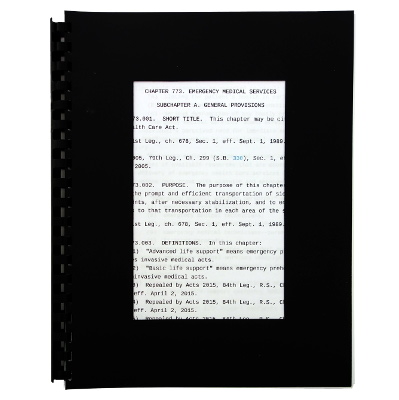
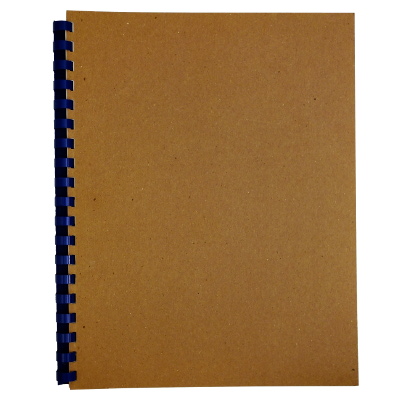
Several years ago, I purchased an comb binding machine for an unrelated project. I have used it to bind various school reports, case studies, and home-printed software manuals. The two items pictured above are The Texas Health and Safety Code, Chapter 773, which is required reading for Texas EMR certification, and a collection of EMR skills sheets. My machine is top quality and will last a lifetime. If affordability is an issue, some colleges and universities have ones that students can use for free.
Finally, I want to share my discovery of hearing protection.
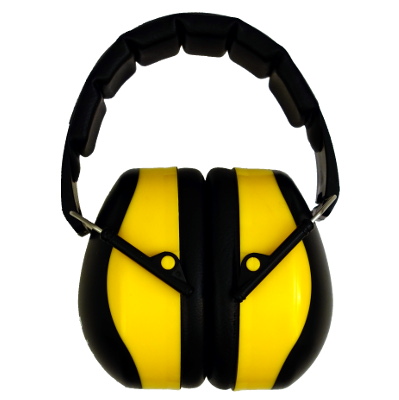

The use of hearing protection has made a tremendously positive impact on my academic life. Not only can it minimize distractions such those caused by a person whose has no problem conducting business on a cell phone in a library, but it can reduce the effects of subtle annoyances such as squeaky door hinges and rustling papers. Hearing protection can surprisingly help a person feel less socially isolated because studying can be less lonely when one can study in a high-traffic area and can occasionally look up to see the world go by.
Over-the-ear, industrial, hearing protectors are superior to ear plugs because they can last indefinitely, are easier to use, and are usually better at blocking noise. To take full advantage of over-the-ear hearing protection, it is important to tuck one's ear lobes the cups otherwise the pressure on one's lobes can be annoying and become painful. Over-the-ear hearing protectors can facilitate sleeping on flights, and they can be used with ear buds to listen to music or lectures at lower volumes. Although mine are not exactly a part of my book collection, I share them because they make my collection more valuable.
